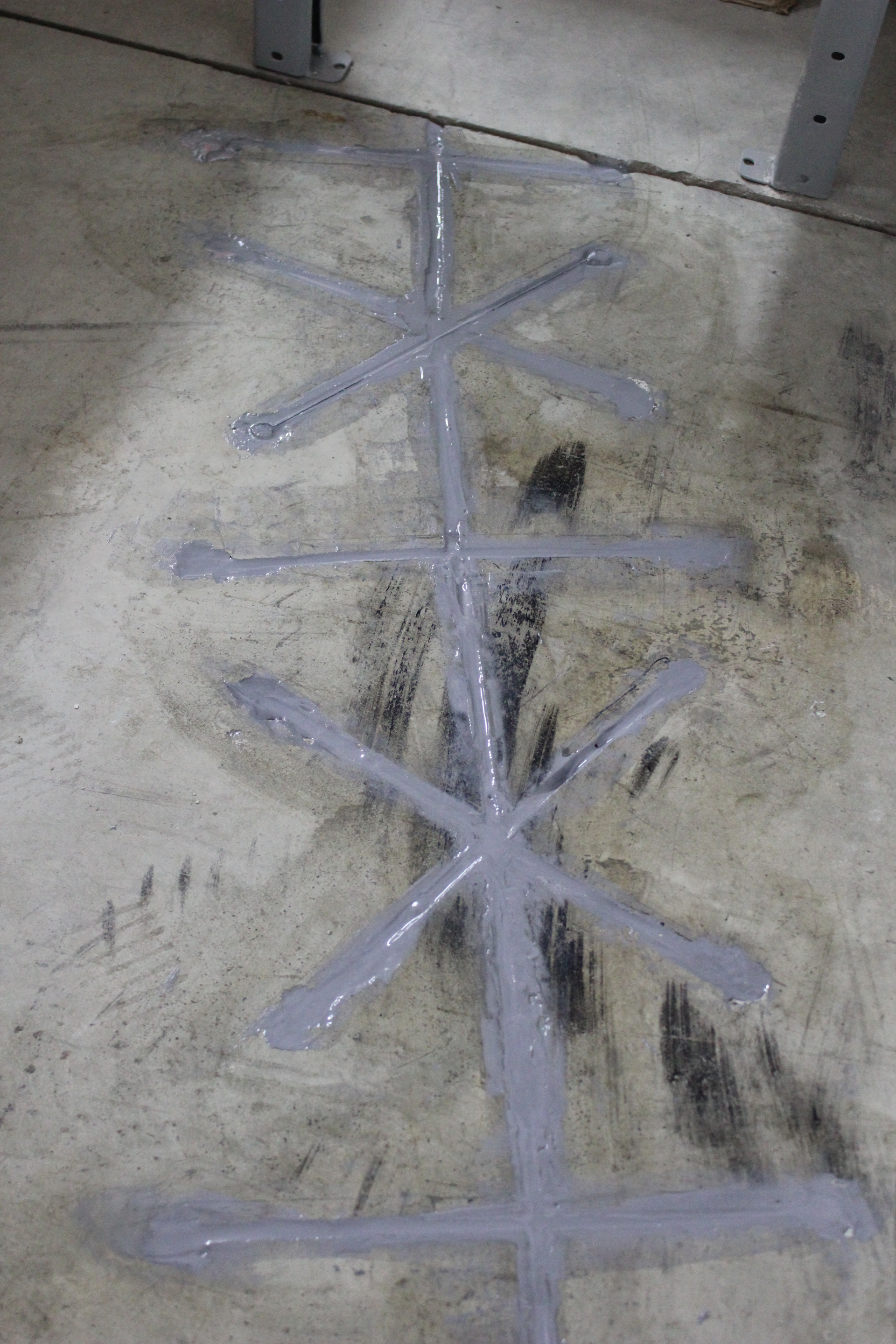

- BASEMENT SLAB CRACK REPAIR HOW TO
- BASEMENT SLAB CRACK REPAIR CRACKED
- BASEMENT SLAB CRACK REPAIR SERIES
We may decide to seal a cracked wall or floor slab anyway, to try to reduce water entry in a building, but remember the implications But some epoxy sealants are in fact also a repair: Some structural epoxies may seal and also "repair" the damage in a structural sense.įor example Sika produces epoxy resin & structural engineering systems for concrete crack repair using a structural injection system.Settlement or frost heaving which need to be addressed Sealant doesn't fix a structural problem: Using a sealant in a foundation or floor slab crack may fail to address the underlying cause of the problem such as foundation.This can increase the difficulty of crack monitoring and diagnosis May stretch and tolerate small increases in crack width. Concete Crack Sealant hides ongoing movement: Using a flexible sealant in a structural crack may make it difficult to see small amounts of future movement since the sealant.See FOUNDATION DAMAGE by MATERIAL or INCLUSIONS for details. This cracking pattern could be due to iron sulfide pyrrhotite cracking damage from inclusions in the original concrete as mixed and placed. Watch out: before sealing concrete cracks like those at page top be sure that you've got a credible diagnosis of their cause. The pattern looks like shrinkage but the crack width is larger than normal shrinkage cracking. This photograph of foundation cracks attributed to concrete that included iron sulfide (pyrrhotite), provided courtesy of CCACB - Connecticut Coalition Against Crumbling Basements. Into a crack is leaves some worries unattended: Going on and if that condition is going to be monitored for evidence of further movement, just pushing a flexible sealant or caulk If for example we think that there may be active foundation movement or settlement Further evaluation and choice of proper repair method may be in order. Something important is going on with the foundation. Watch out: First of all do not just seal a crack if the crack size, shape, pattern, location, or other evidence indicate that

Warning: some crack sealing operations may make crack diagnosis or monitoring more difficult When should we not seal a foundation wall or floor slab crack? Use of Hydraulic Cement for Repairs in Concrete Slabs, Foundations, or Masonry Block/Brick Walls.

Concrete expansion joint sealant products, epoxies, caulks. List of the Types of Tile Grouts, their Bonding Agents and other Properties. Use of Epoxy-supported Grouts as a control joint or crack filler in concrete slabs or walls. Use of Polyurea as a control joint filler or crack sealant in concrete slabs (Polyurethane Foam Injection Method).
BASEMENT SLAB CRACK REPAIR HOW TO
How to seal a cracked masonry foundation wall or floor slab.Typical concrete crack preparation for sealant with an epoxy product. Here we discuss: a list of materials used to fill poured concrete slab control joints. Those likely to be important and potentially costly to repair. Types of foundation cracks, crack patterns, differences in the meaning of cracks in different foundation materials, site conditions, building history,Īnd other evidence of building movement and damage are described toĪssist in recognizing foundation defects and to help the inspector separate cosmetic or low-risk conditions from
BASEMENT SLAB CRACK REPAIR SERIES
This article series describes how to recognize and diagnose various types of foundation failure or damage, such asįoundation cracks, masonry foundation crack patterns, and moving, leaning, bulging, or bowing building foundation walls. We describe use of epoxy sealants, polyurethane foam sealants, and hydraulic cement crack repair sealants. Here we discuss how to choose among and apply the alternative methods for repairing or sealing cracks in masonry surfaces such as poured concrete floor slabs, concrete foundation walls, or brick or masonry block foundation walls. How to seal control joint & expansion joint cracks in concrete slabs We also provide an ARTICLE INDEX for this topic, or you can try the page top or bottom SEARCH BOX as a quick way to find information you need. We list all of the current methods used to seal control joints or cracks that occur in those building surfaces, giving the properties, general procedure, and pros and cons of each method: control joint inserts, masonry caulks, radon crack sealants, semi rigid epoxy resin crack fillers, special poly urea caulks designed as a joint filler - polyurethane foam injection to seal cracks, grouts including portland cement, latex-modified, epoxy, modified epoxy-supported, and furan grouts or other products used to fill or seal cracks in concrete or other masonry surfaces & structures. How to seal cracks in concrete floors, foundations, walls, or other masonry: this article how to seal and repair of cracks in poured concrete slabs, floors, or walls. We have no relationship with advertisers, products, or services discussed at this website. InspectAPedia tolerates no conflicts of interest.


 0 kommentar(er)
0 kommentar(er)
